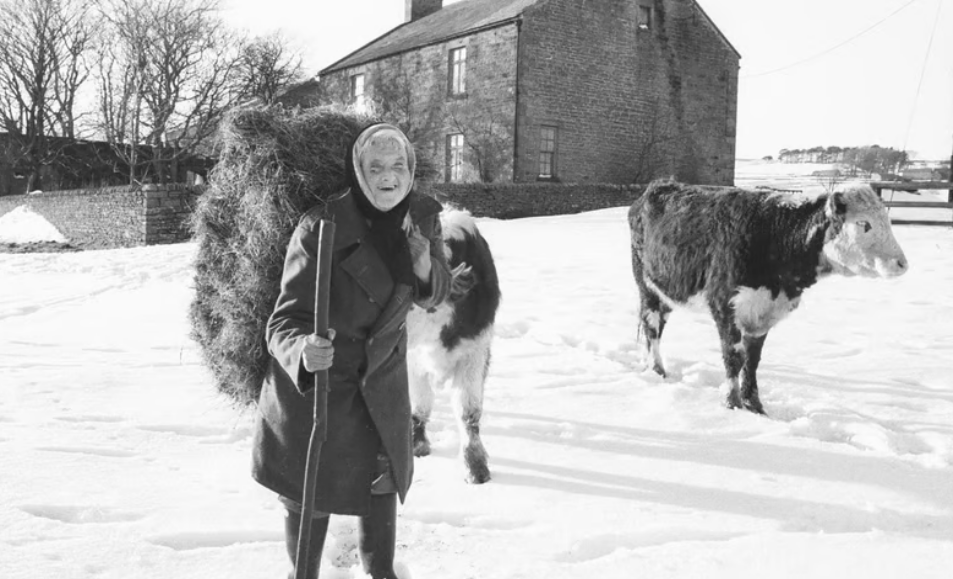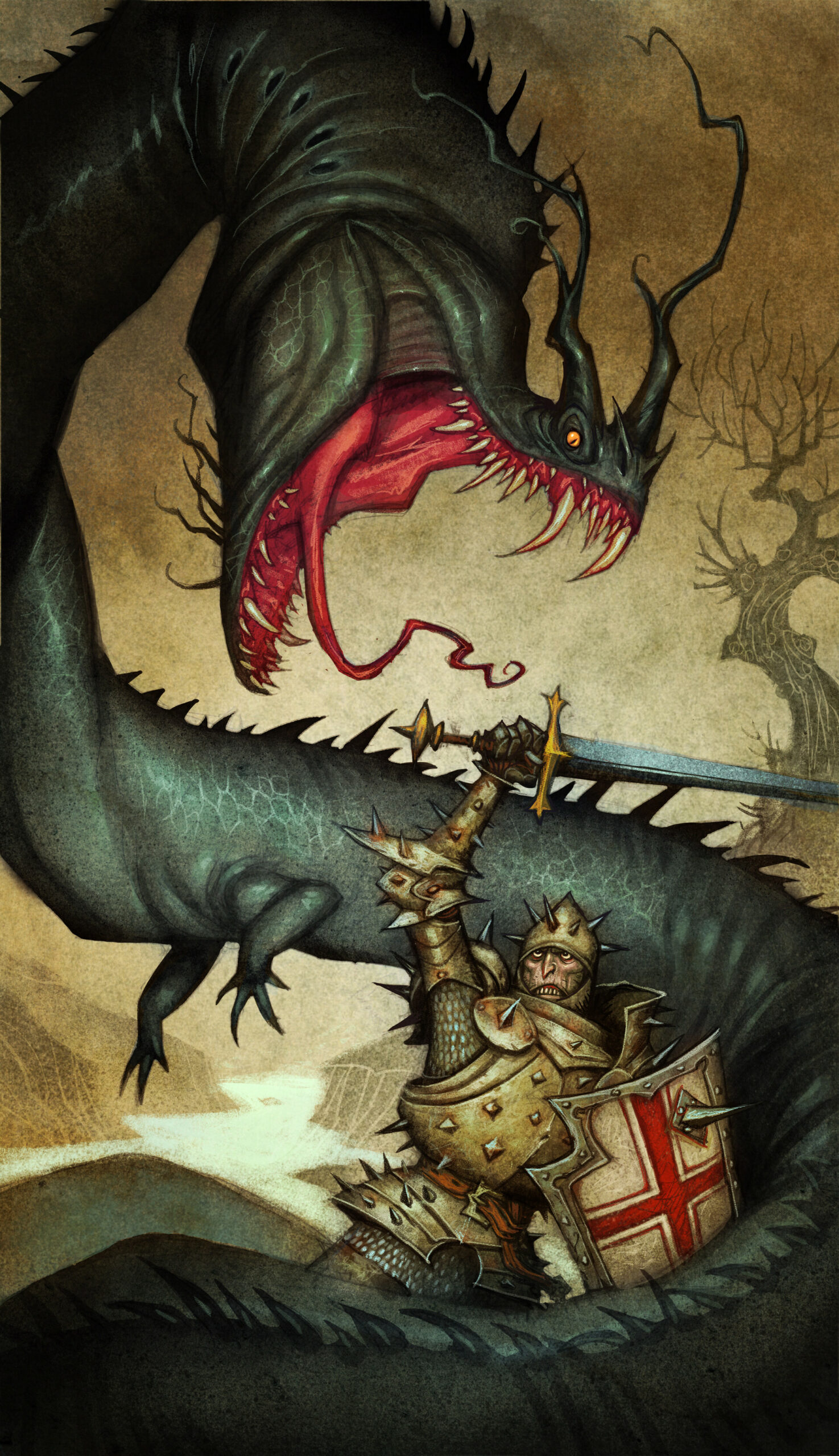The un-‘Real’ Uhtred of Bebanburg

“Uhtred the Bold of Bamburgh: A leader, warrior, and chief, Protector of his land, his people’s relief.”
Uhtred of Bamburgh was a powerful ealdorman in Northumbria during the late Anglo-Saxon period. He was born around 975 AD, the son of Waltheof I, the ruler of Bamburgh. He succeeded his father as ruler of the region, and played a key role in the politics of northern England.
In 995, according to Symeon of Durham, when the remains of St Cuthbert were transferred from Chester-le-Street to Durham, Uhtred went to Durham with his monks to clear the site of the new cathedral. The new cathedral was founded by Bishop Aldhun, and Uhtred married Aldhun’s daughter, Ecgfrida, probably at about this time. From his marriage, he received several ‘derivatives’ that had belonged to the church, which helped him to secure his position and power in the region.
One of Uhtred’s most notable achievements was his victory against King Malcolm II of Scotland in the year 1006. The Scottish king had invaded Northumbria and besieged the newly founded episcopal (of or relating to a bishop, an overseer in the Christian church) City of Durham. At that time, the Danes were raiding southern England and the English King Ethelred was unable to send help to the Northumbrians. Uhtred, acting for his father, called together an army from the south of the region and Yorkshire and led it against the Scots, winning a decisive victory. In a somewhat macabre side note, after the battle the local women washed the severed heads of the Scots, receiving an unusually high payment of a cow for each, then the heads were fixed on stakes to Durham’s walls! As a warning I assume…in more contemporary parlance, f*#@ aboot, find oot!
This achievement earned Uhtred the respect and gratitude of King Ethelred, who appointed him ealdorman of Bamburgh, even though his father was still alive. He also granted Uhtred the position of ealdorman of York, uniting northern and southern Northumbria under the house of Bamburgh.
The Battle of Carham, likely fought around 1016 (disputed), was an encounter at Carham on Tweed between Uhtred of Bamburgh and the allied forces of Malcolm II of Scotland and Owen the Bald of Cumbria. The battle resulted in a victory for the Scots and Cumbrians but it did help stabilise what is now the English/Scottish border.
The death of Uhtred in 1016 marked a crucial moment in the history of Northumbria, as he was assassinated during a supposed ‘peace meeting’ with the newly crowned Danish King, Cnut, spelled as Knutr in Old Norse. Somewhat curious!

Uhtred the Bold.
What would the average yeoman farmer and his men do in such conflicts?
A yeoman farmer, during the 1006 siege of Durham or a similar historical event, would have played a supporting role in the conflict. Yeoman farmers were small landowners who were not part of the noble or wealthy classes, but they were typically more skilled and affluent than the average peasant.
In a conflict like the siege of Durham, a yeoman farmer might have provided food, supplies, and horses to the combatants. They could have also taken part in local defence efforts, such as manning makeshift fortifications or guarding their villages. Some yeoman farmers might have been trained in the use of longbows or other weapons, which would have made them more effective in defending their communities. While yeoman farmers would not have been the primary combatants, their contributions in supporting the war effort would have been valuable and essential to the overall success of the conflict.

Yeoman Farmer: ”Geared up for the c***!’ To use agricultural parlance!
Please subscribe for more of this stuff!
More chat and notes on Substack: modernpeasant.substack.com
Or simply subscribe here! Cheers. 🙂



